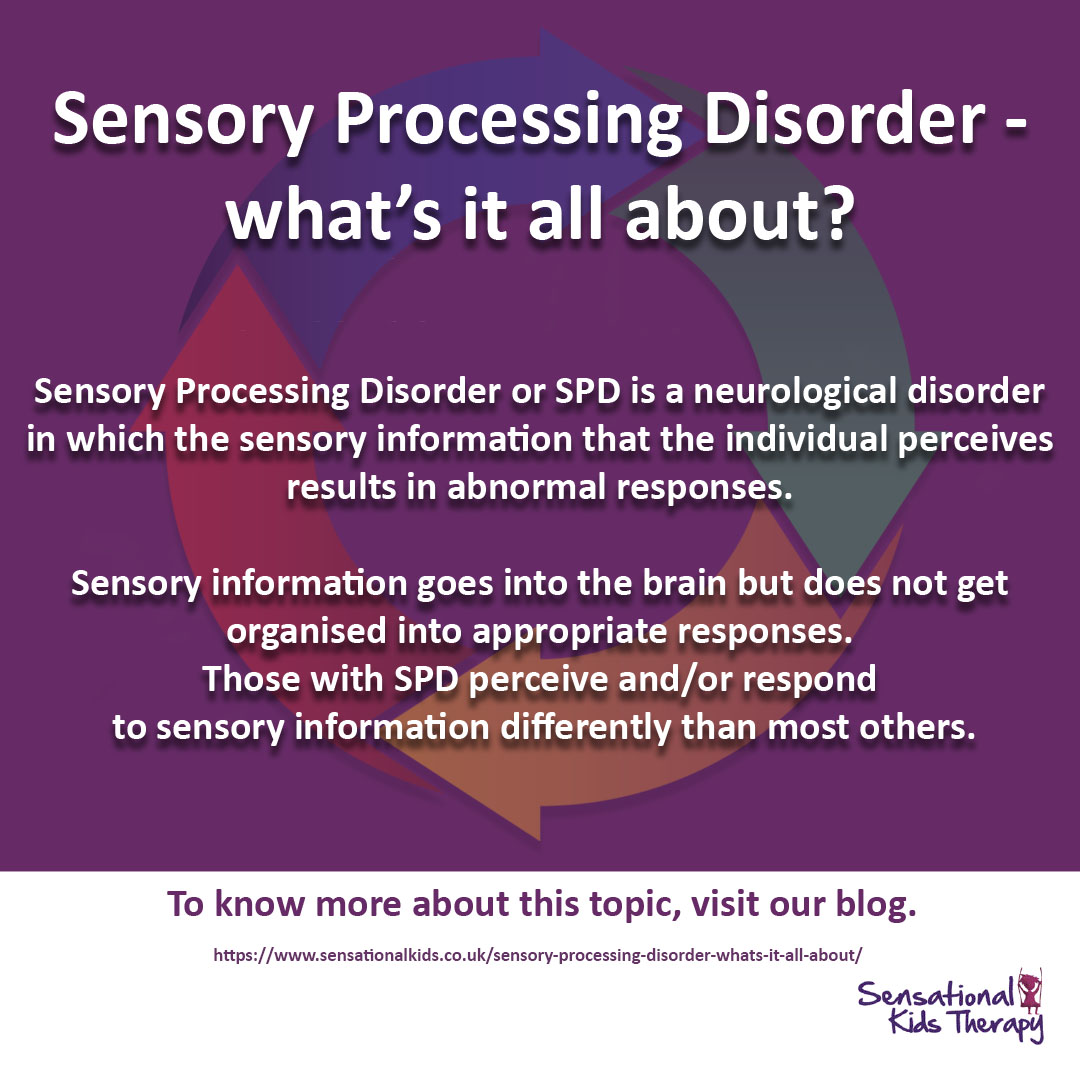In recent years, Sensory Processing has become one of THE top reasons kids are referred to Occupational Therapy. And it’s one of the main reasons kids are dysregulated and struggle to engage with school life.
Sensory Processing Disorder or SPD (originally called Sensory Integration Dysfunction) is a neurological disorder in which the sensory information that the individual perceives results in abnormal responses. For those with Sensory Processing Disorder, sensory information goes into the brain but does not get organised into appropriate responses.
Those with SPD perceive and/or respond to sensory information differently than most other people. Unlike people who have impaired sight or hearing, those with Sensory Processing Disorder do detect the sensory information; however, the sensory information gets “mixed up” in their brain and therefore the responses are inappropriate in the context in which they find themselves.
The 8 senses (not the five we currently think of) in case you were wondering are: vision, hearing, touch, Smell, Taste, body movements, body awareness and Interoception.
If your child has SPD, or you suspect they might, the first step to helping is by reading up – and speaking to those in the know.
There are plenty of strategies to help your child to cope, and to meet their sensory needs while engaging and thriving in everyday activities. SPD doesn’t have to be a bad thing or limiting for our Conundrum Kids.
To get you started, some excellent books to read include Sensational Kids, by Lucy Jane Miller and The Out-of-Sync child, by Carol Stock Kranowitz. And a great starting point to understanding the senses is this blog: https://chlss.org/blog/8-senses-parenting-sensory-processing-disorder/.
There’s also plenty on the senses, and how our children with SPD might interact with the world around them, in my own book Parenting the Conundrum Child. Have a read and let me know what you think.

